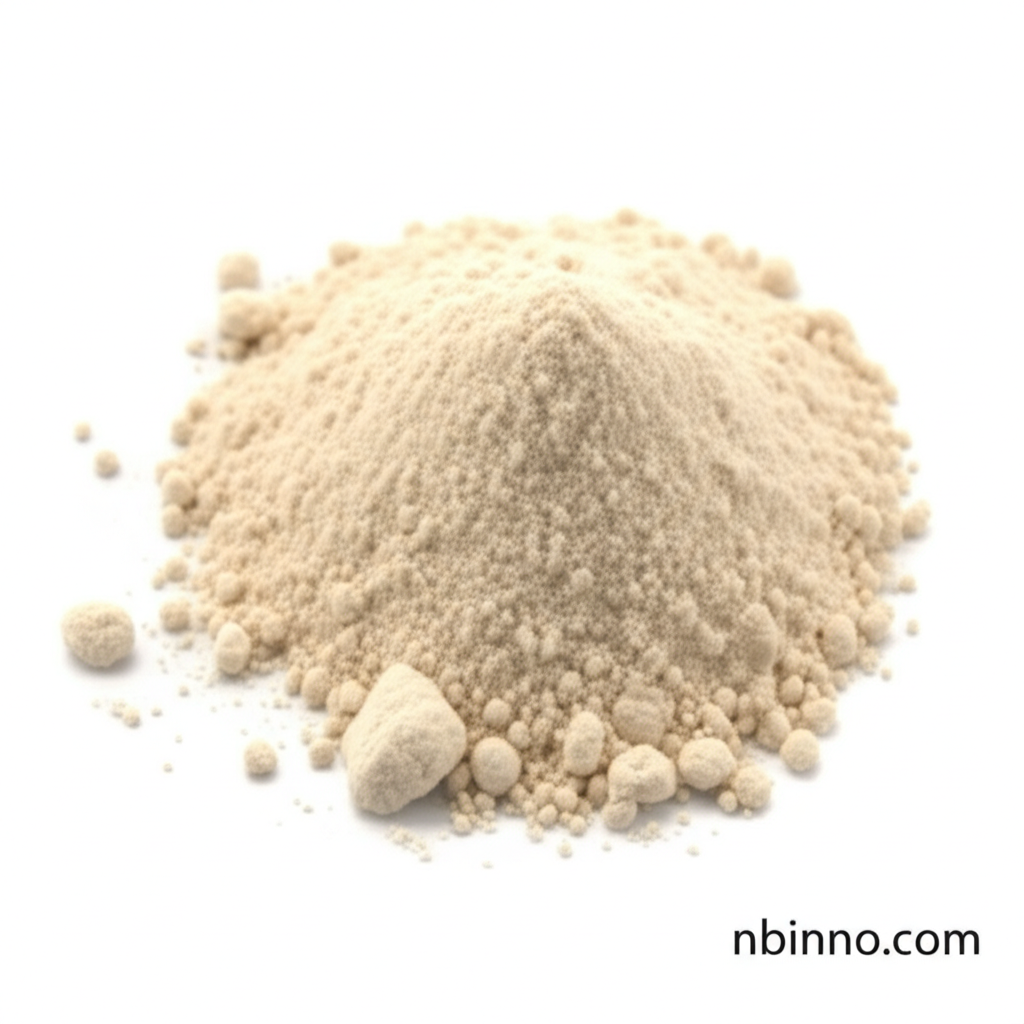Understanding 2-(Furfurylsulfinyl)acetic acid p-Nitrophenyl Ester: Synthesis, Applications, and Market Insights
Explore the critical role of this key pharmaceutical intermediate in modern drug development and chemical synthesis.
Get a Quote & SampleProduct Core Value

2-(Furfurylsulfinyl)acetic acid p-Nitrophenyl Ester
This compound is a vital intermediate for Lafutidine synthesis, offering gastroprotective activity and acting as a precursor for histamine H2-receptor antagonists.
- Leveraging Lafutidine intermediate product knowledge, manufacturers can optimize synthesis pathways.
- The chemical properties of CAS 123855-55-0 are crucial for its function as a precursor for histamine H2-receptor antagonists.
- Understanding the gastroprotective activity of this compound aids in the development of novel gastrointestinal treatments.
- The synthesis of 2-(Furfurylsulfinyl)acetic acid p-Nitrophenyl Ester is a key step in producing important pharmaceuticals.
Key Advantages
High Purity Intermediate
With an assay typically exceeding 98.0%, this compound ensures reliable performance in complex pharmaceutical synthesis, supporting the production of high-quality end products.
Established Synthesis Pathway
Its role as a Lafutidine intermediate product means its synthesis pathway is well-documented, offering a stable and predictable supply for manufacturers.
Versatile Pharmaceutical Application
The compound's utility extends to developing gastroprotective agents and histamine H2-receptor antagonists, showcasing its broad applicability in treating digestive system disorders.
Key Applications
Lafutidine Synthesis
As a crucial Lafutidine intermediate product, this ester plays a pivotal role in the multi-step process to create this important pharmaceutical.
Gastroprotective Agents
Its inherent gastroprotective activity makes it a valuable component in the research and development of new treatments for stomach and intestinal conditions.
Histamine H2-receptor Antagonists
This compound serves as a precursor in the synthesis of drugs that target histamine H2 receptors, commonly used to reduce stomach acid.
Pharmaceutical R&D
Researchers utilize the unique chemical properties of CAS 123855-55-0 in exploring novel therapeutic avenues and developing innovative drug candidates.
